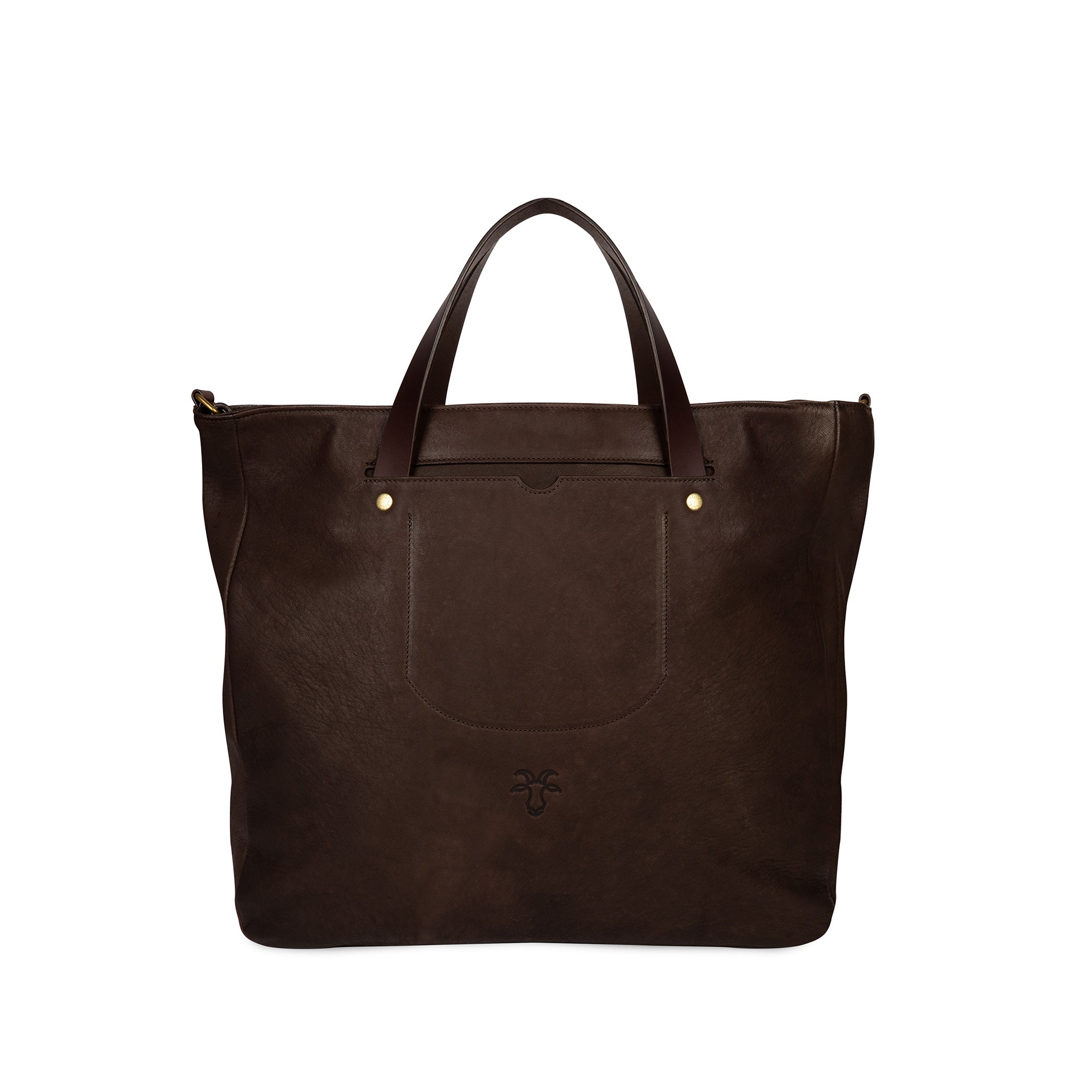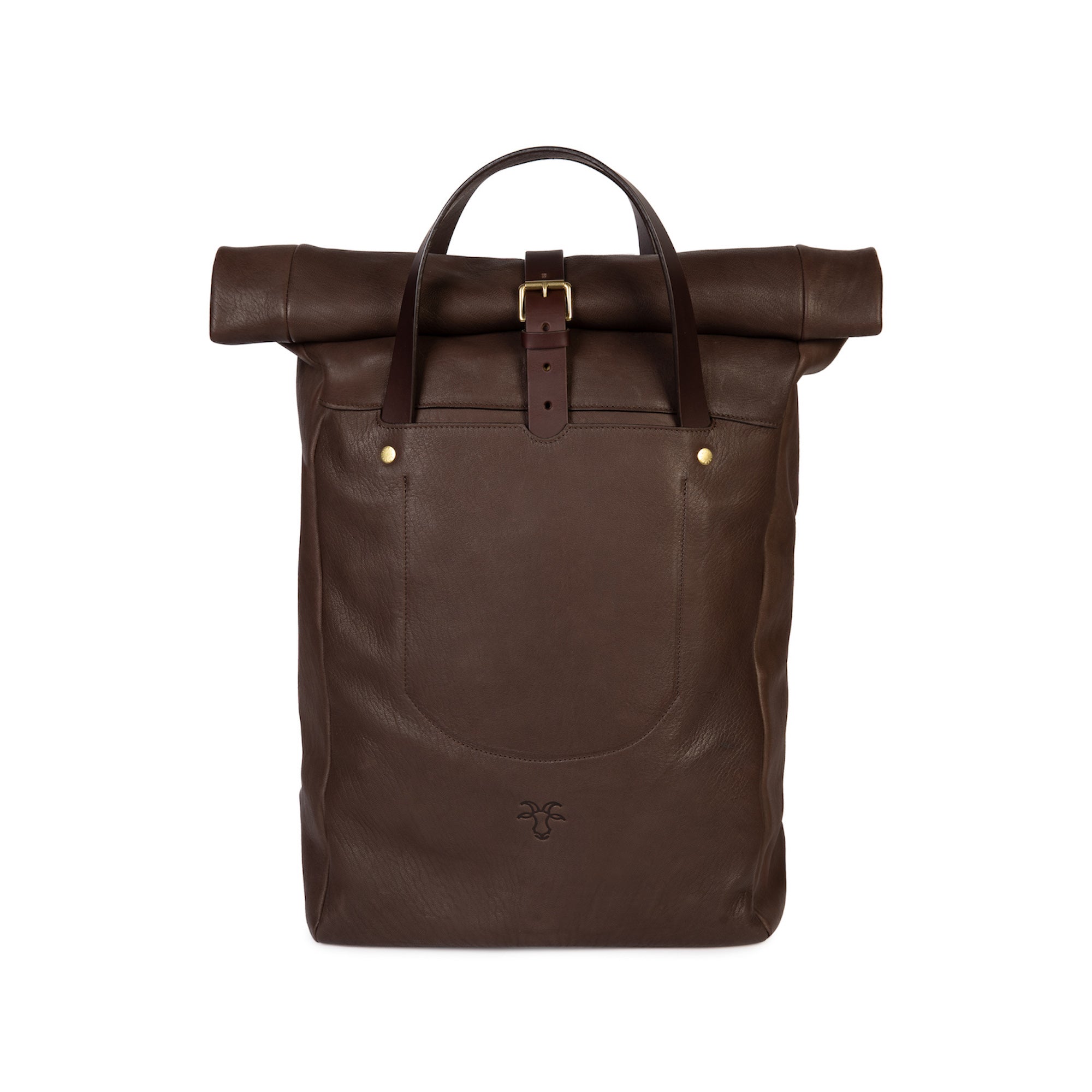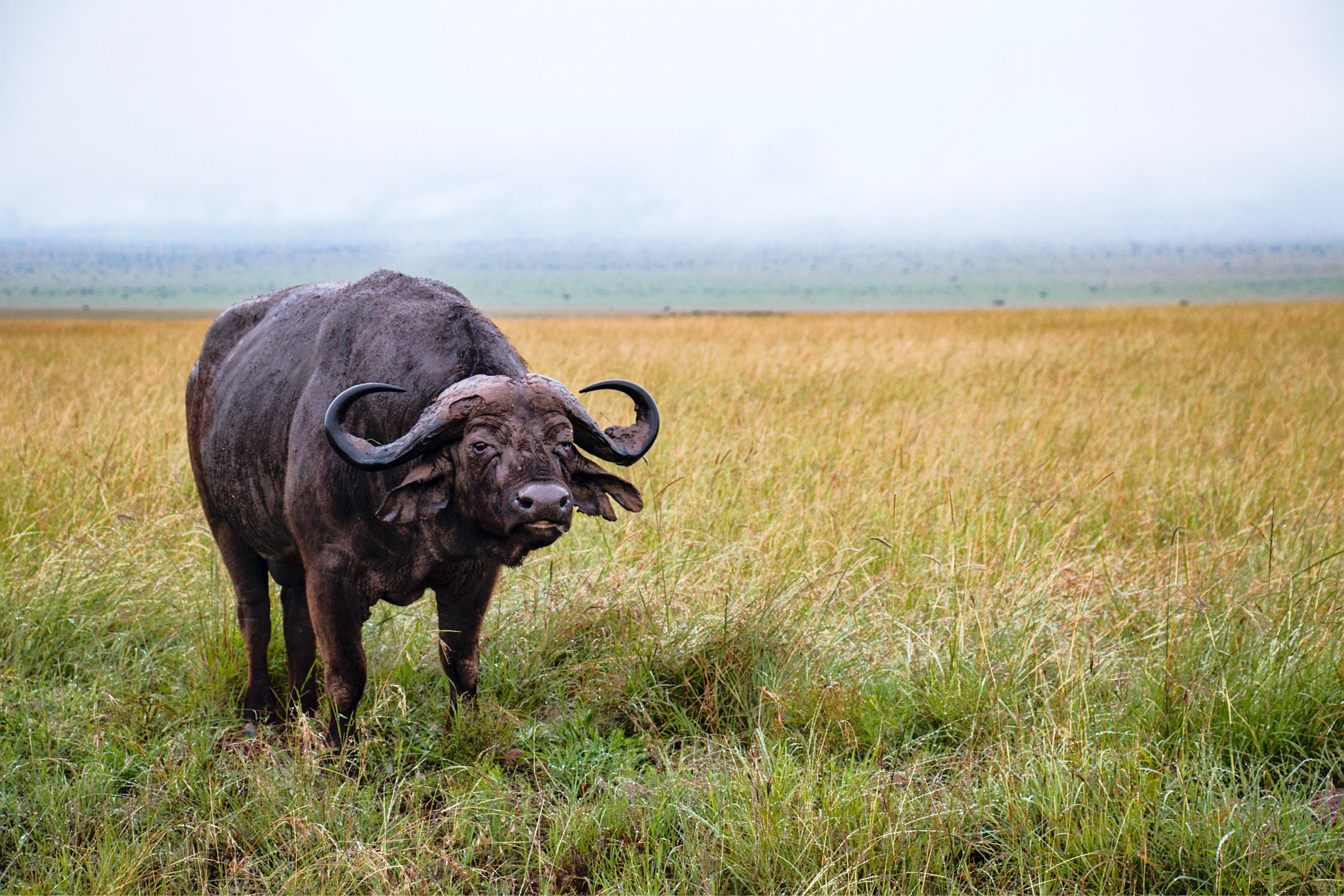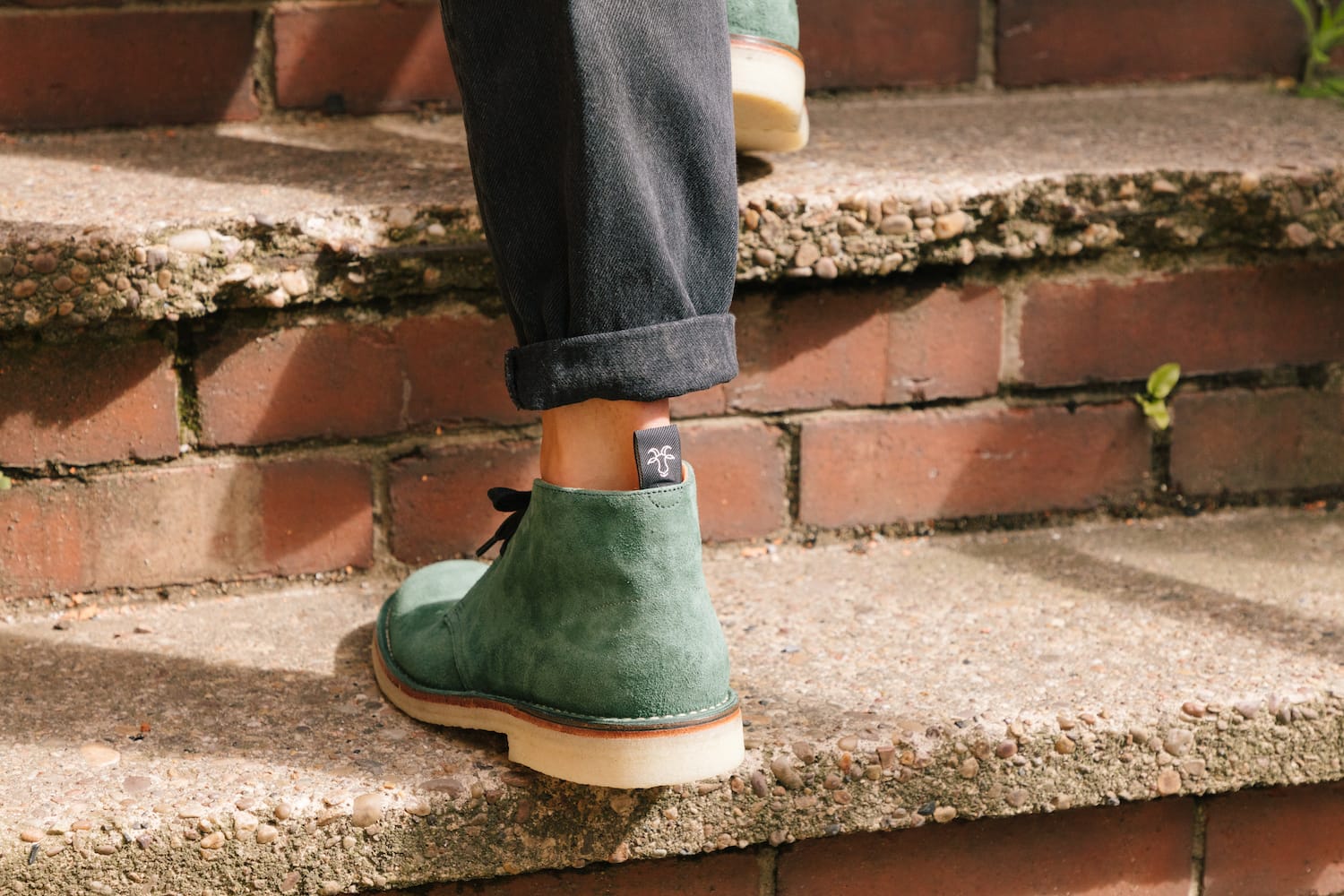Buffalo leather is a heavyweight material, making a popular choice for hard wearing objects including sofas, bags and wallets. But buffalo hides aren’t the only type of leather that create a durable, long-lasting product.
Here at Billy Tannery, we’re advocates for broadening our leather horizons. Mostly with the purpose of creating sustainable leather goods by using skins that otherwise go to waste. That’s why we predominantly use goat leather to make our range of products.
Here we take a closer look at buffalo vs goat leather to explore the quality, sustainability and durability of each.
Buffalo vs Goat Leather
Quality
The quality of leather depends on where it comes from and the type of leather in question. Full-grain leather is the best type of leather and can be achieved from any animal hide.
Both buffalo and goat leather are commonly made as full-grain, meaning they are both excellent quality. Don’t mistake full-grain for ‘genuine’ or ‘premium’ leather which are terms used to try and make weaker material sound better quality.
Sustainability
Buffalo leather is more sustainable than cow leather as it’s more likely to be tanned in a traditional, ethical way rather than with chemical methods. However it mostly comes from domesticated buffalo reared in Asia from where it’s shipped across the globe. This isn’t great for the material’s carbon footprint.
British goat leather, like the material we produce at Billy Tannery, is much better on the planet. Our very own small-batch tannery is the first of its kind to be built in the UK for well over 50 years and uses leftover skins from farmers. The miles are minimal and the results are ethical, with vegetable tanning methods and 90% of our water that’s used being recycled. We also support the British manufacturing industry by finishing our leather in local independent businesses.
Thickness
Buffalo leather is three times thicker than cowhide, a material that’s most common in the leather industry due to its longevity and ease of use. This means buffalo leather is extremely stiff and can withstand more extreme use.
The cons of having a thicker leather are that it results in a hard, tight material that’s tough to stretch. This isn’t ideal for wearable items or softer uses such as shoes, bags and accessories.
Whilst not quite as thick, goat leather is still incredibly strong. With the added benefit of being softer and more supple.
Durability
Due to its thickness, buffalo leather is very durable. Meaning it can take years of being jumped up on down on, scratched and scrunched up. Because of that, it’s often used for seating and jackets.
With that said, goat leather is still seriously robust and can withstand years of wear and tear. It’s one of the most durable leathers and can last for decades when looked after well. 
Water resistance
Goat leather is also much more water resistant. Buffalo leather is fairly porous which means it can absorb moisture more than other types of leather. This means it can lose shape if exposed to wet environments.
Whilst goat leather isn’t 100% waterproof, it is one of the most water resistant, which can be maximised with a specialist care kit that waterproofs the leather to extend its lifetime.
Style
Buffalo leather has a distinct grain that comes from the larger pores in the hide. This makes for a more textured material. Goat leather on the other hand has a finer grain, making it smoother and softer to touch.
No style is better than the other, it simply depends on personal preference. Both will develop a rich patina over time depending on how they are used and exposed to the elements.
If you’re comparing whether to invest in buffalo leather vs goat leather, we hope we’ve helped in your decision making. Both have their strengths (quite literally when it comes to durability) and will be a fine choice for your leather goods.
But if you want to choose something that’s more than a quality material, we suggest taking a look at our range of goat leather products. They’re not just well made, they’re also part of an environmentally conscious, circular design that’s a part of the British leather industry.


































